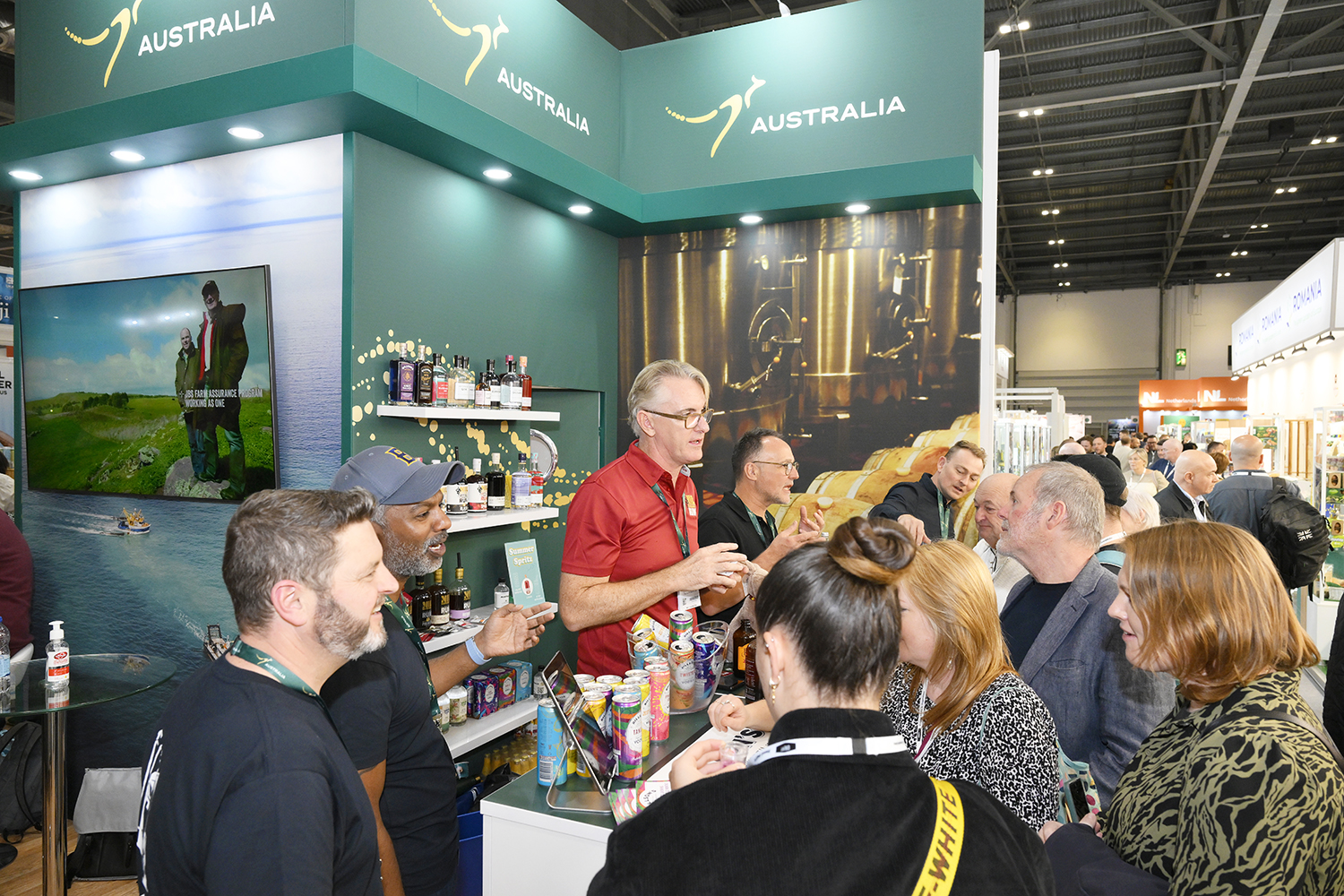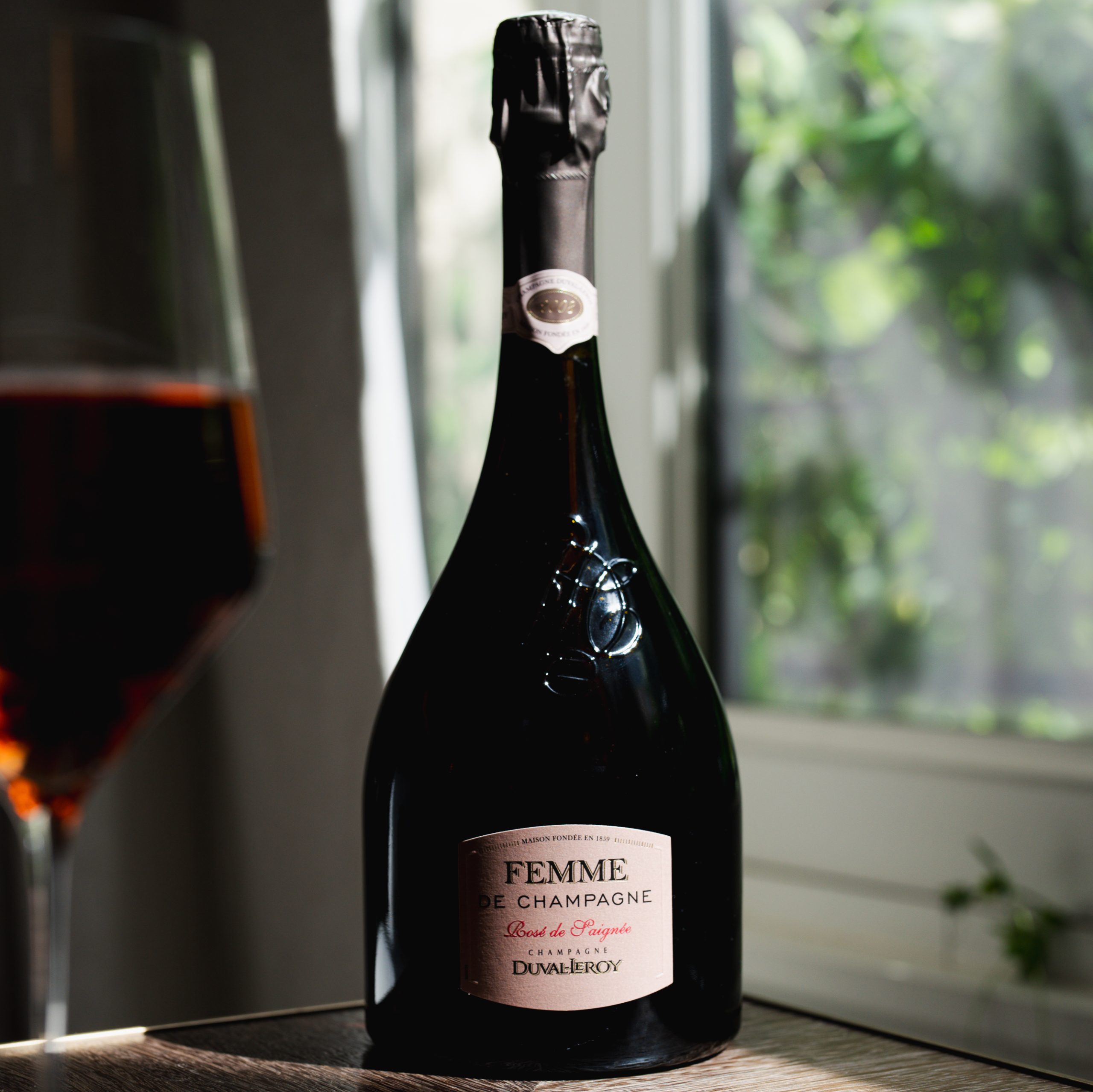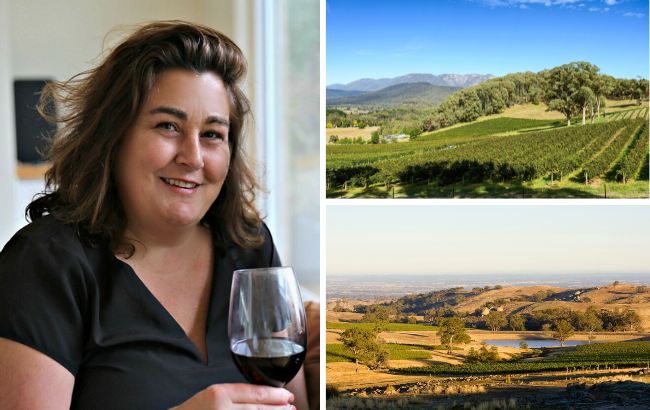Trivento: We want a Golden Reserve Malbec on every table
By Phoebe FrenchArgentine wine brand Trivento is looking to build on the success of its Reserve Malbec by gradually increasing production of its Golden Reserve example so that it becomes its flagship product.
Germán Di Cesare believes Argentine wine offers good value for money in the $18-$22 price range.
Speaking to the drinks business, Germán Di Cesare, head winemaker at Trivento, and communications director Victoria Acosta, said the growth of the Golden Reserve Malbec would be a long-term project to ensure the quality and consistency of the wine is preserved.
Di Cesare said the US$18 to US$22 price range, in which the Golden Reserve sits, is where Argentine wine can excel.
“There are many competitors in this price range,” he said. “But, for example, if you compare a Californian wine to an Argentine wine, because of the costs associated with Californian grapes and the winemaking, you’d have to pay $40 to get the same quality as the Argentine example priced at $18-$22.”
“For Argentine wine, our success in the $18-$22 range is something we must maintain.”
With the 2018 vintage of the Golden Reserve performing well, Trivento is planning to slowly scale-up production, increasing output by between 3% and 5% each year. This, Di Cesare said, is the equivalent to adding grapes from one or two vineyards into the production process.
Trivento has a planting programme in Luján de Cuyo, where it sources its grapes for the Golden Reserve. However, vineyards must reach the necessary maturity before Di Cesare considers using them in the blend.
The Golden Reserve Malbec is vying to become the flagship wine of Trivento
“For me, the most important thing is the quality and consistency,” he said. “You can’t increase volume quickly without sacrificing quality, it’s about working step-by-step.”
Trivento now makes 60,000 cases of Golden Reserve Malbec per year. In order to gradually increase output, it has planted a 230ha vineyard, which is now around five years old.
“It needs around five to seven years before we can bring it into production,” Di Cesare said, noting the older vines give balance and concentration to the wines, which is something he wants to keep.
Acosta said Trivento was hoping to capitalise on its strong distribution, achieved by its lower-priced Reserve Malbec. According to IWSR, it has been the top-selling Argentine wine in Europe since 2013.
“Our idea is to go that way with the Golden Reserve,” she said. “More consumers will have the opportunity to taste this wine all around the world, and we’ll make it the next flagship of Trivento.”
But she stressed this was a long way off. She said: “Our dream is to have a Golden Reserve on every table, but that’s many years away.”
Partner Content
She noted that Di Cesare always gets the final say. “Germán will be the first to say we can’t grow any more, because the quality or style of the wine will change. That will be the point when we stop growing,” she said.
How the Golden Reserve has changed
Using a blend of grapes from different districts within Luján de Cuyo, such as Perdriel, Vistalba, Agrelo and Las Compuertas, Trivento aims to reflect ‘the place’ in its Golden Reserve Malbec.
Di Cesare has been involved in the project since 2002, when the wines from 2000, the first vintage of Golden Reserve, were being released.
He explained the journey had been about finding the ‘Argentine style’ by picking grapes earlier, reducing the length of macerations and decreasing the quantity of new oak used.
“We used to pick at the end of April, keep our wines in oak for over 12 to 15 months and use 100% new oak,” he said. “Maceration could be as long as 40 days. The wines were very concentrated, ripe and with a lot of oak character, and had tannins that needed time in bottle.”
While he has worked on the Golden Reserve Malbec, Di Cesare has reduced the alcohol content by 1% ABV and now uses only 20-25% new oak.
“It’s of our learning curve and part of our history,” he said. “Now it’s always about respecting the place, we’re not copying anyone else.”
However he said the country needed “more time” to produce its own style. Producers are planting in new areas, which are yet to reach maturity, and the climate is also changing.
“We have to pay attention to every vintage as the changes are happening very fast,” Di Cesare said.




